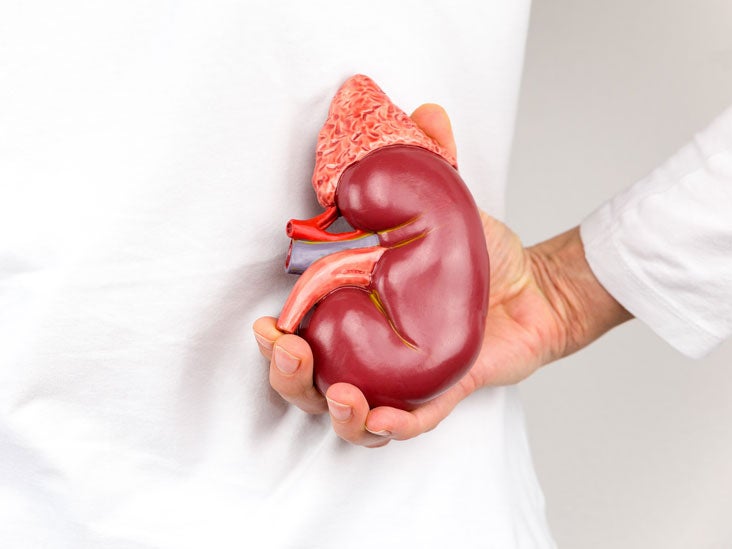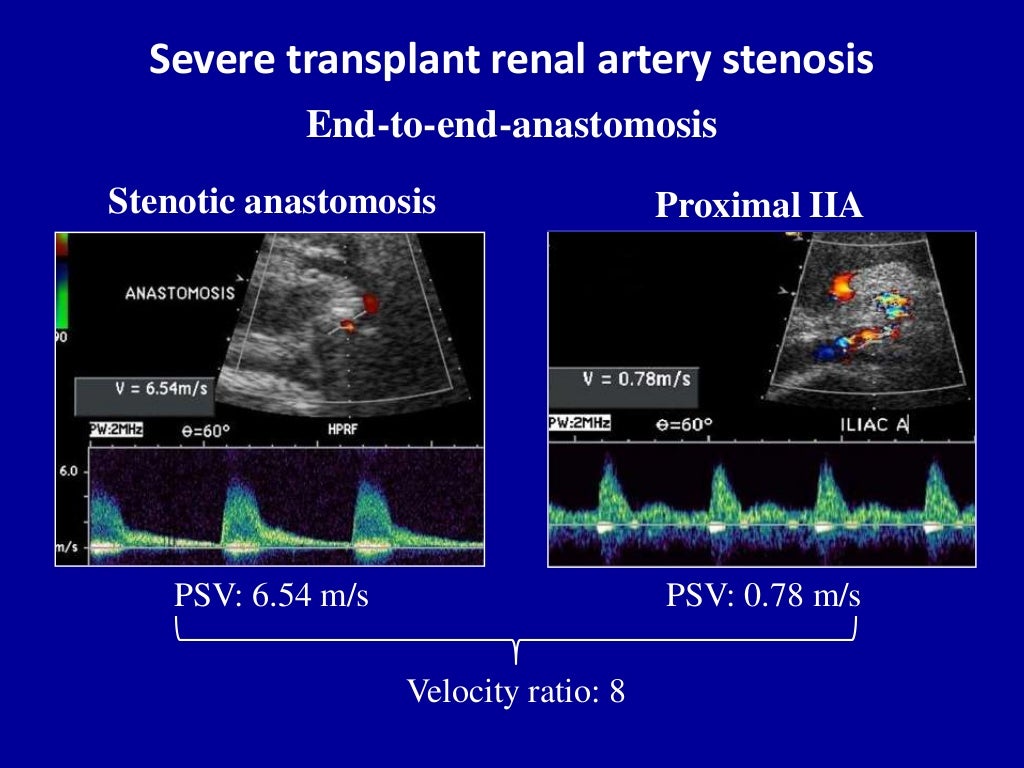
Small kidney is recognized as a hypo/dysplastic kidney resulting from disordered renal development 4, 5 because of an abnormal origin of the ureteral bud, which interacts suboptimally with the metanephric mesenchyme, 6, 7 or high-pressure voiding during gestation because of incomplete sphincter relaxation. Small kidney is a common finding in infants or young children with high-grade VUR, especially in boys. While routine voiding cystourethrography (VCUG) to detect VUR after the first febrile UTI was not recommended in recent guidelines, it is indicated when abnormal findings on ultrasound (US) are detected or when atypical or recurrent UTI is observed. In infancy, VUR is commonly diagnosed following demonstration of prenatally detected dilatation of the UT or during investigation of UT infection (UTI). Primary vesicoureteral reflux (VUR) is the most common congenital anomaly of the urinary tract (UT). Keywords: small kidney, ultrasound, screening, cutoff value With the cutoff described, risk stratification or an individualized approach may be possible. In addition, simple measurement of renal length with a cutoff of 4.97 cm showed high specificity comparable with estimated renal area.Ĭonclusion: Small kidney may be screened by two-dimensional measurement on ultrasonographic examination, even in young children. With a ratio of estimated renal area of 74.26%, maximum area under the curve with the highest sensitivity, specificity, positive predictive value, negative predictive value, and accuracy rate were obtained. There was a significant difference in renal size between each kidney in patients with small kidney, whereas there was no significant difference in those without small kidney. Results: Of the 69 children included in the present study, small kidney was identified in 20. Optimal cutoff values of various ultrasonographic parameters for detecting small kidney were calculated.

Small kidney was defined as split renal function of < 40%.


Patients and Methods: Children aged ≤ 3 years who had undergone nuclear renal scans and ultrasound were enrolled. The aim of the present study was to determine an optimal cutoff value for detecting small kidney in children without apparent congenital anomalies except vesicoureteral reflux by retrospective chart review. Currently, there are no clear ultrasonographic parameters for detecting abnormalities in renal size, especially in young children. Introduction: Recent guidelines do not recommend routine screening of vesicoureteral reflux after a first febrile urinary tract infection in children without abnormal findings on ultrasound or atypical/recurrent urinary tract infection.

Masafumi Kon, 1 Michiko Nakamura, 1 Kimihiko Moriya, 1, 2 Yoko Nishimura, 1 Yurie Hirata, 1 Mutsumi Nishida, 3 Madoka Higuchi, 1 Takeya Kitta, 1 Nobuo Shinohara 1ġDepartment of Renal and Genitourinary Surgery, Hokkaido University Graduate School of Medicine, Sapporo, Japan 2Department of Urology, Sapporo City General Hospital, Sapporo, Japan 3Diagnostic Center for Sonography and Division of Laboratory and Transfusion Medicine, Hokkaido University Hospital, Sapporo, Japanĭepartment of Urology, Sapporo City General Hospital, 1-1 North 11, West 13, Chuo-ku, Sapporo, 060-8604, Japan


 0 kommentar(er)
0 kommentar(er)
